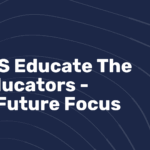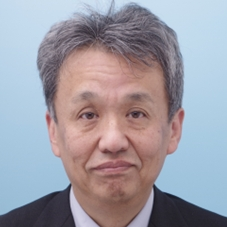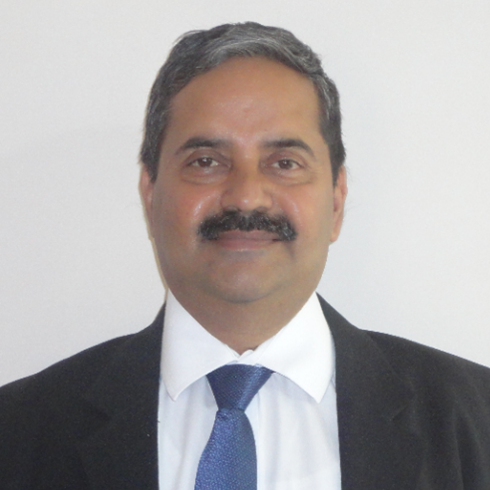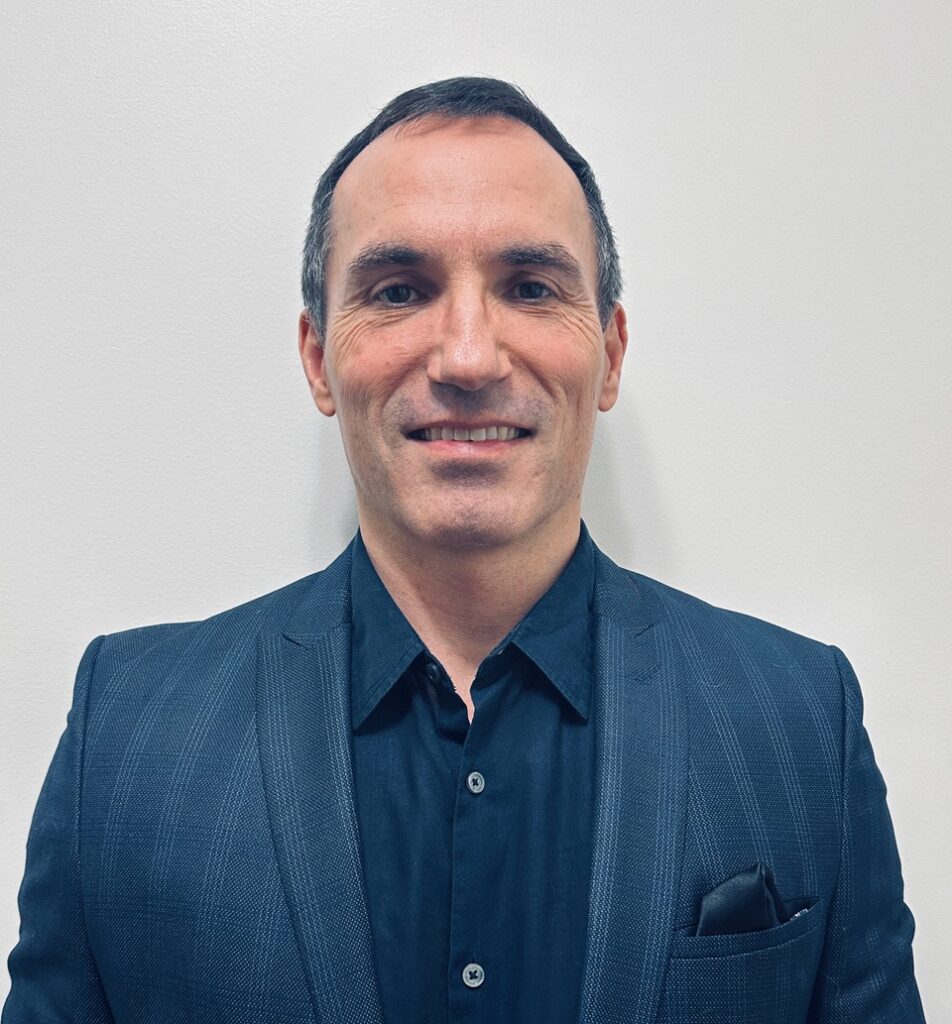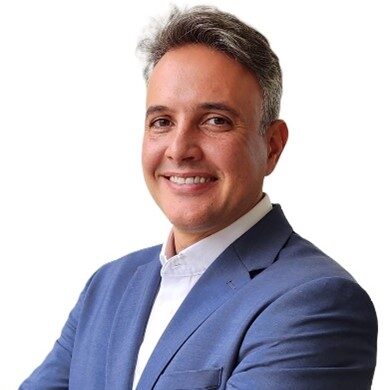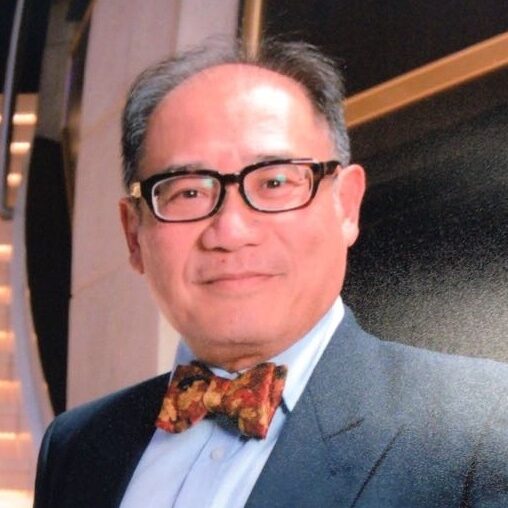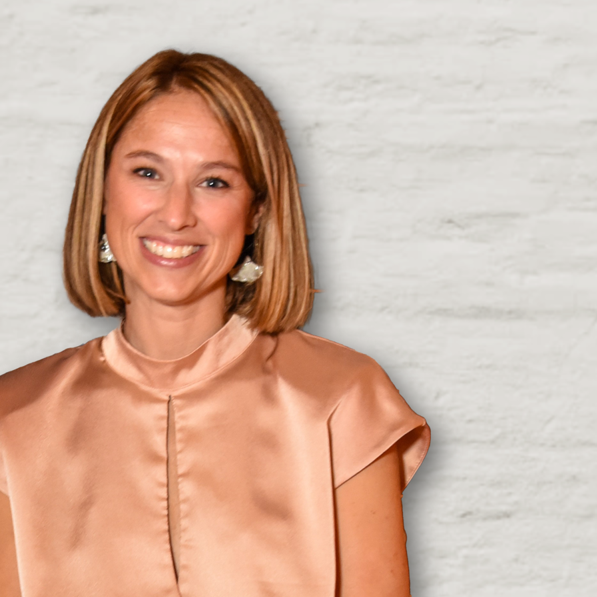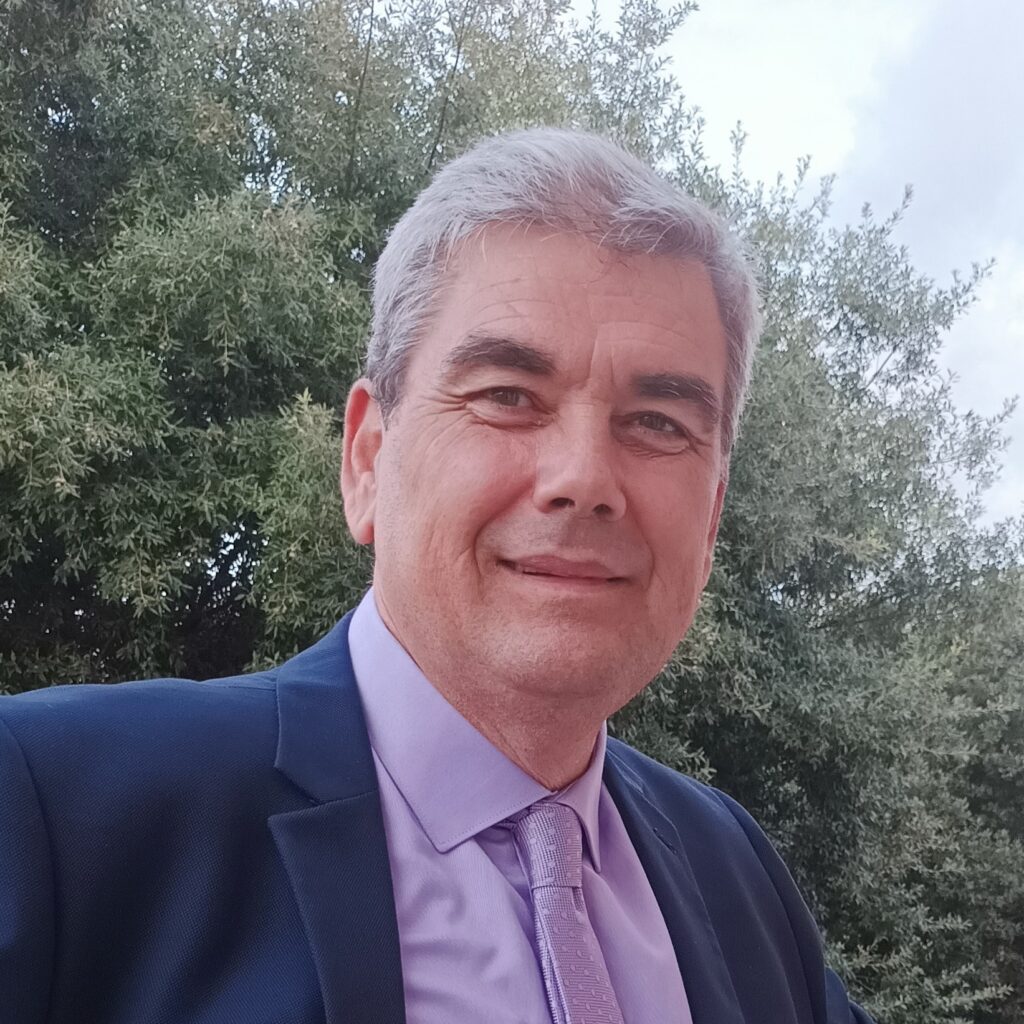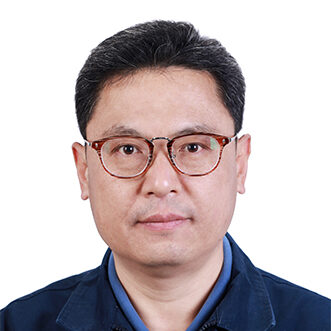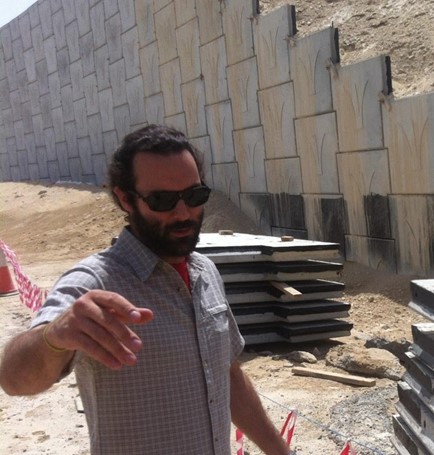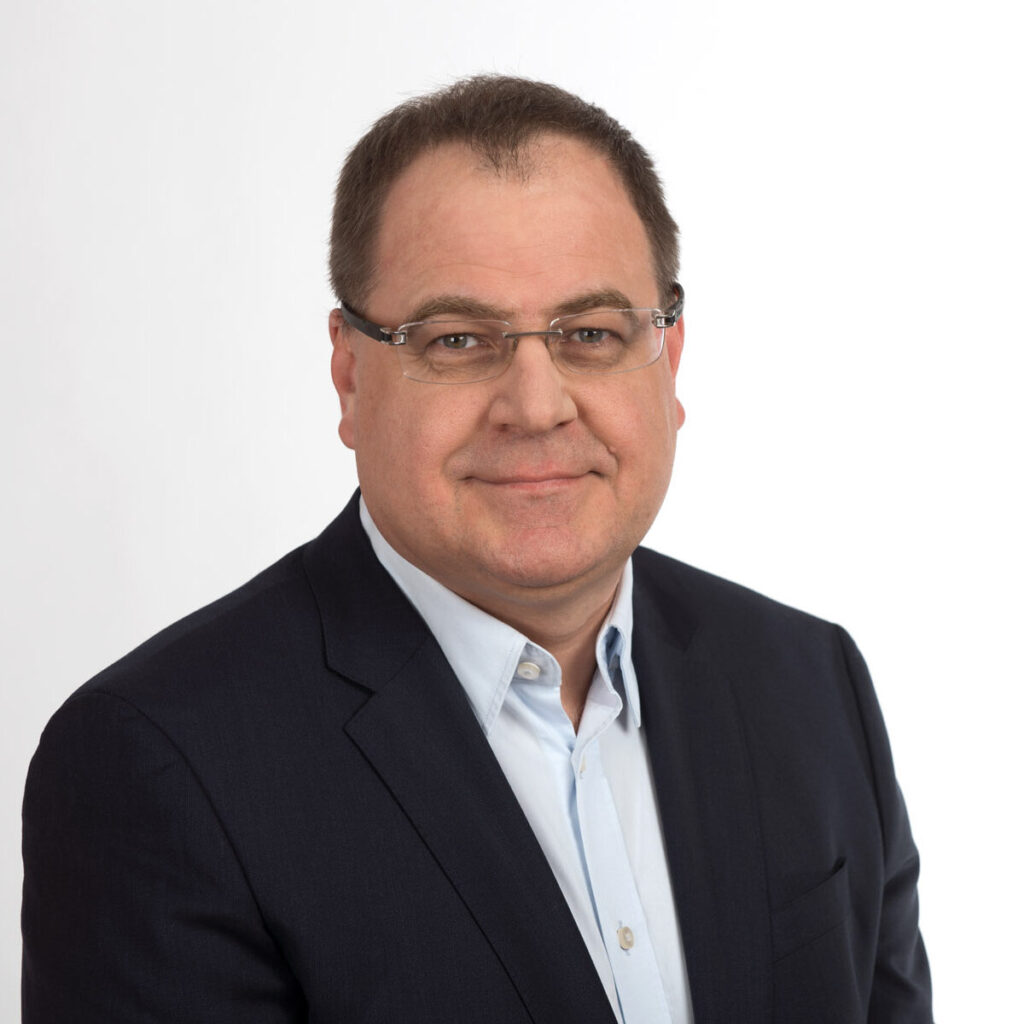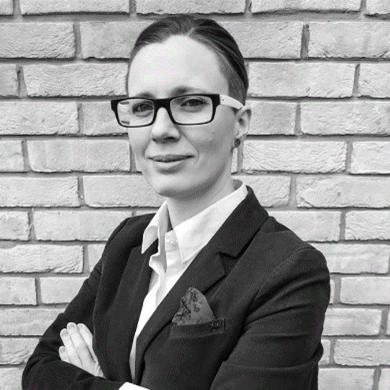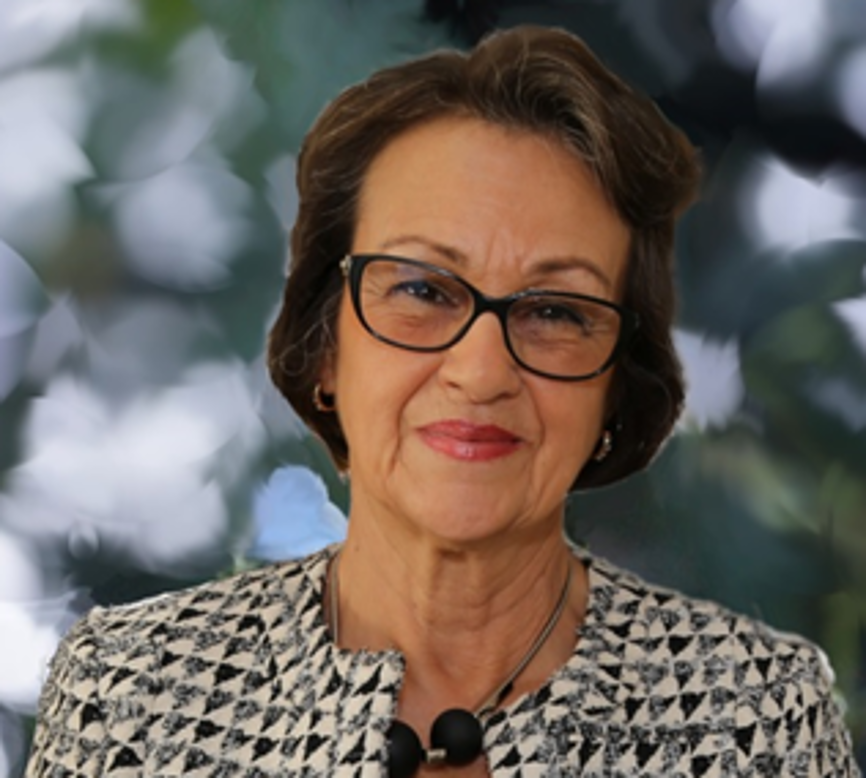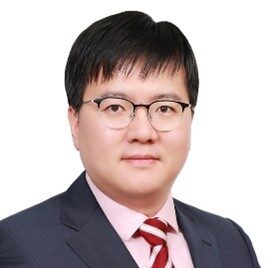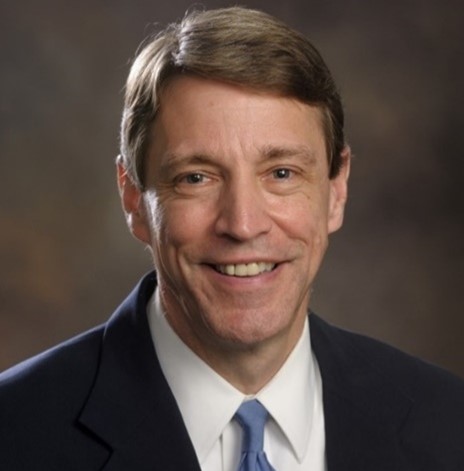Since its establishment 10 years ago the IGS Educate the Educators (EtE) program has delivered geosynthetics learning from Argentina to the Philippines.
Since its revitalization in 2015, the initiative has since grown in content, contributors and innovation in its mission to embed geosynthetics into undergraduate curricula by first ‘teaching’ the teachers.
We conclude our celebration of its decade by taking a look at EtE’s global reach, hearing from some of its contributors, and learning how EtE may evolve with new technologies.
****
A foot in every continent, the EtE program has delivered 30 events around the world since its rebirth 10 years ago.
Typically, the IGS will support a Chapter in organizing an event, with prestigious speakers from the Society delivering core learnings at in-person, online or hybrid workshops. So far 20 IGS Chapters have taken part, with events in 21 countries including Morocco, Chile, Taiwan, China, and Romania.
One of the most active Chapters is Brazil, organizing the most events for any one Chapter over its nine years of EtE provision.
EtE Brazil Coordinator and course instructor, Professor Maria das Graças Gardoni, involved since 2015, said: “EtE Brazil was founded on the teachings of the Brazilian educator and philosopher Paulo Freire. One contribution I considered important was the introduction of a pedagogy lesson which discussed teaching planning (course, subject and lesson plans) and assessment methods.
“My greatest contribution to EtE was the creation of practical workshops (Integrated Panel and Designing with geosynthetics), which supported the course’s conceptual lessons, enabling the acquisition of knowledge, the formation of habits and skills and creating an interactive and dynamic classroom environment.”
IGS Brazil was also the first to hold online EtE sessions during the Covid pandemic, setting a pathway for IGS virtual teaching, particularly important where high travel costs could impede in-person participation in larger countries. Digital EtE resources have also since been developed, allowing access to basic geosynthetics education anytime, anywhere.
Prof. Gardoni said her highlights were the creation of a mutual support network, which enabled more collaborative learning between participants and instructors, and improving access to professors from universities in remote regions of Brazil.
But the gains were not without their challenges.
“Initially, there was the difficulty of obtaining the required funds to pay participants’ expenses. Geosynthetics companies were not yet aware of the importance of the course and that it would be an excellent marketing resource for them, and they did not sign up to the sponsorship quotas,” she said.
“It was also difficult to reach the target teachers through the universities; the information took a long time to reach them or reached them too late. Also, many did not have the funds to pay the high travel costs because of the distances to the cities they were being held in.”
The motivation to keep supporting EtE is clear for Prof. Gardoni.
“In Brazil, the first university to introduce the teaching of geosynthetics in undergraduate civil engineering was the Federal University of Minas Gerais in 2003. Until then, geosynthetics had only been taught in postgraduate courses at some Brazilian universities, such as the University of Brasilia and the Technological Institute of Aeronautics,” she said.
“In this context, EtE has come to supply this deficiency in the curricula and to provide teachers and undergraduates, who have not had access to this new technology, with this knowledge for their professional lives. These students will be the future designers who will use and disseminate geosynthetics in engineering. This will benefit the entire network, universities, designers and geosynthetics manufacturers.”
One such instructor helping this dissemination is Ivan Puig Damians, also chair of the IGS Technical Committee on Soil Reinforcement. He was involved in IGS Greece’s EtE workshop last year, based around soil reinforcement and sustainability, and is due to help debut EtE in IGS Spain next year.
“EtE Greece was the first time the Sustainability topic had a full slot in the EtE’s official program, and I felt the audience was very interested in understanding more about it,” he said.
“That’s the beauty of the EtE format – it is adaptable to an audience’s interests as the fundamental material is very well organized and led by Prof. Jorge Zornberg. This makes the program more attractive and dynamic.”
And while EtE is the IGS’s flagship education program, it is supported by the new IGS Student Interest Club initiative, which hopes to roll out to more universities, and soon-to-come application-based IGS Professional Development Short Courses.
With the advent of AI and new technologies, what does the future hold for EtE?
“EtE Brazil is currently looking at how to adapt the course to new teaching realities,” said Prof. Gardoni.
“Communication has come a long way in recent years and the use of media and artificial intelligence has changed the traditional way of teaching. We believe this is the time to propose changes in teaching techniques to keep up with the innovations.”
Ideas being discussed include:
- Practical laboratory classes with basic geosynthetics tests planned for future editions.
- Development of the ‘Multidisciplinary Integrated Project’ for EtE alumni. Teachers who have taken the course can propose various infrastructure projects using geosynthetics, which their undergraduate students would undertake using the knowledge gained in the undergraduate course.
- Exploring the use of artificial intelligence technologies in EtE development.
Prof. Gardoni explained: “In a country like Brazil, with its cultural and economic diversity, innovations have to be introduced with very well-structured planning. Many states do not have the infrastructure and internet to cope with the new realities. We therefore need to develop this proposal further, but universities will certainly use AI technology and it could also be part of the EtE project.”
IGS members’ dedication to EtE will ensure it will thrive into the next 10 years.
As Prof Gardoni said: “EtE is a dynamic course that has a format that can be revised and adapted to new realities whenever necessary. There are no limits to this program.”
Find out more about EtE, how your Chapter can request an event, and more, by visiting the dedicated web page.


